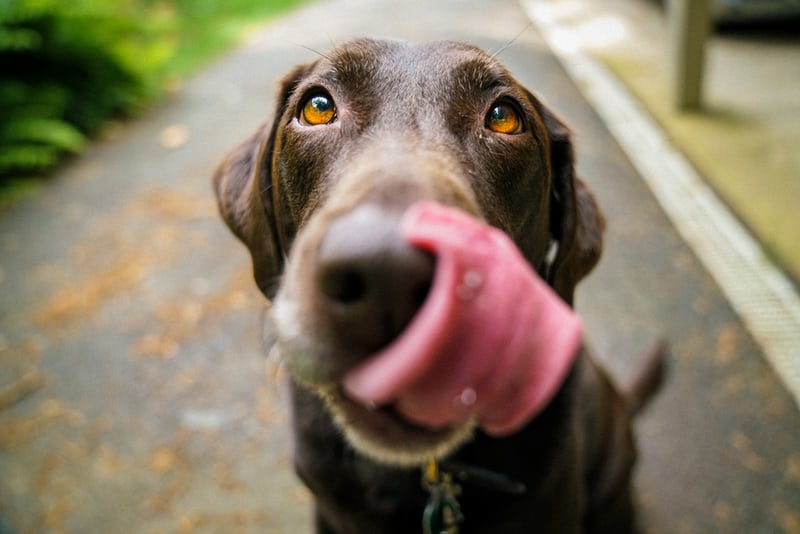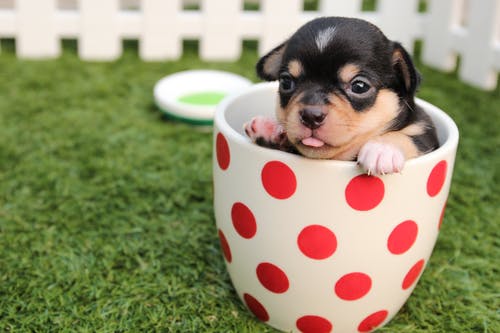Polydipsia or excessive thirst in pets is a common observation in fur parents and should never be neglected. There are numerous possible causes of polydipsia; some can be alarming and dangerous when not addressed promptly. So if you want to know what’s triggering your pet to drink excessively, we’ll tell you the answers as we keep going.
Why Dogs Drink Too Much Water
Pets that suddenly got thirsty for a day or so are not something to be concerned about. But if your pet starts draining its water bowls and going to the toilets more frequently after a few more days, it’s time to bring them to the vet. According to several specialists, increased thirst in canines can be triggered by the following factors:
1. Kidney disease
Excessive drinking might signify a kidney condition in senior pets. They urinate more, and they consume more water to avoid dehydration. Kidney disease is frequently addressed by adjusting the dog’s diet and identifying underlying causes of kidney failure, like kidney stones or infections. One way to avoid kidney failure in pets is by looking after their oral health.
Routinely taking your canine to vet dentists for teeth cleaning and assessment can help guarantee their oral and general health is well taken care of. To understand the importance of optimal canine health, you may find more info by browsing the web.
2. Vomiting
Vomiting causes pets to lose fluids, which can dehydrate them. Due to this, they’ll drink more to try to rehydrate themselves. However, water must only be served to them in small amounts as they may vomit more if they fill their stomach with too much water.
3. Hot weather
Nothing beats a morning in the summer, particularly when you take your dog for an outdoor walk when the sun is up and the weather is hot. However, this weather can affect and increase a canine’s water needs, even doubling or tripling the amount. So the next time you see your canine drinking more water than normal throughout the summer season, don’t be too bothered, as this could be their mechanism for combating dehydration.
During hot summer days, never forget to take your dog to centers that offer pet grooming services to ensure they are fresh, comfortable, and ready to do outdoor activities with you. You may browse their website for more info on their bathing services.
4. Diabetes mellitus
Canine diabetes can cause high blood sugar due to insulin deficiency or resistance. The kidneys excrete the excess blood sugar into the urine and drag water with it. Since your pet will urinate more, it’ll have increased thirst. Diabetes mellitus in dogs can be treated by modifying the canine’s diet and administering insulin.
Diabetes can happen in dogs and cats of any age, although it tends to affect the older ones. However, the good thing is that it’s preventable. Doing preventive measures while your pet is still young can make a difference in avoiding the said condition. Routinely taking your young pet for routine checkups can help pinpoint and manage the onset of any life-threatening illnesses before they worsen.
If you’re looking for professionals to check your pup, you may search the web for “puppy vet near me” to see accurate results.
5. Cushing’s disease
Cushing’s disease is common in senior or middle-aged canines and happens less frequently in felines. Lethargy, recurring skin infections, enlarged abdomen, increased hunger and urination, and increased thirst are the typical signs of Cushing’s disease. If your four-legged friend experiences polydipsia or symptoms associated with Cushing’s disease, the vet may perform ultrasound and blood tests to make a precise diagnosis.



